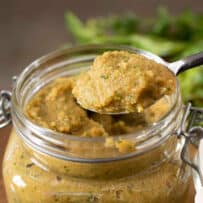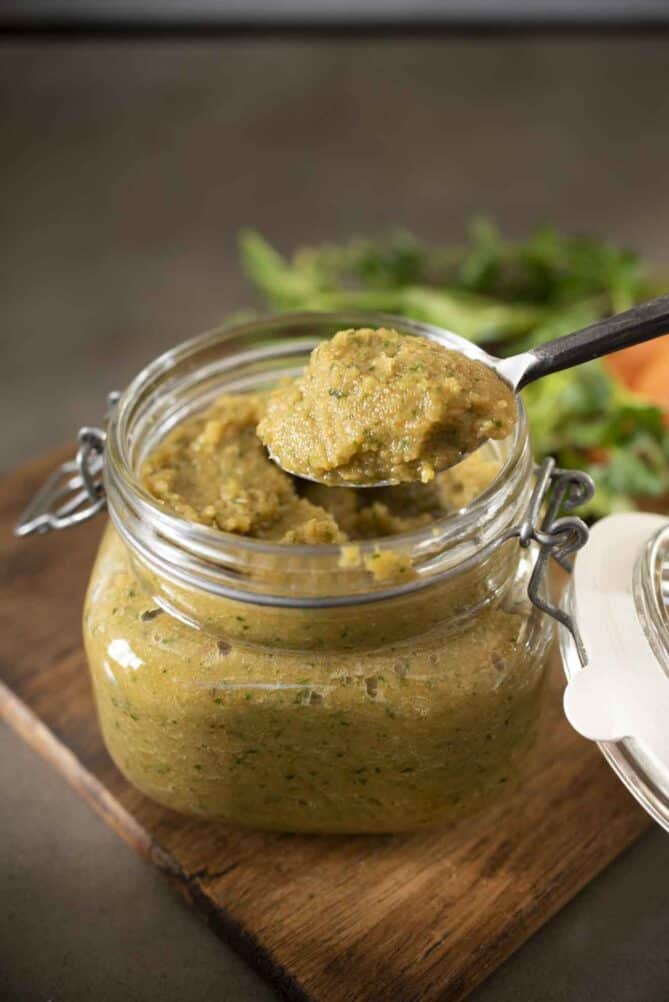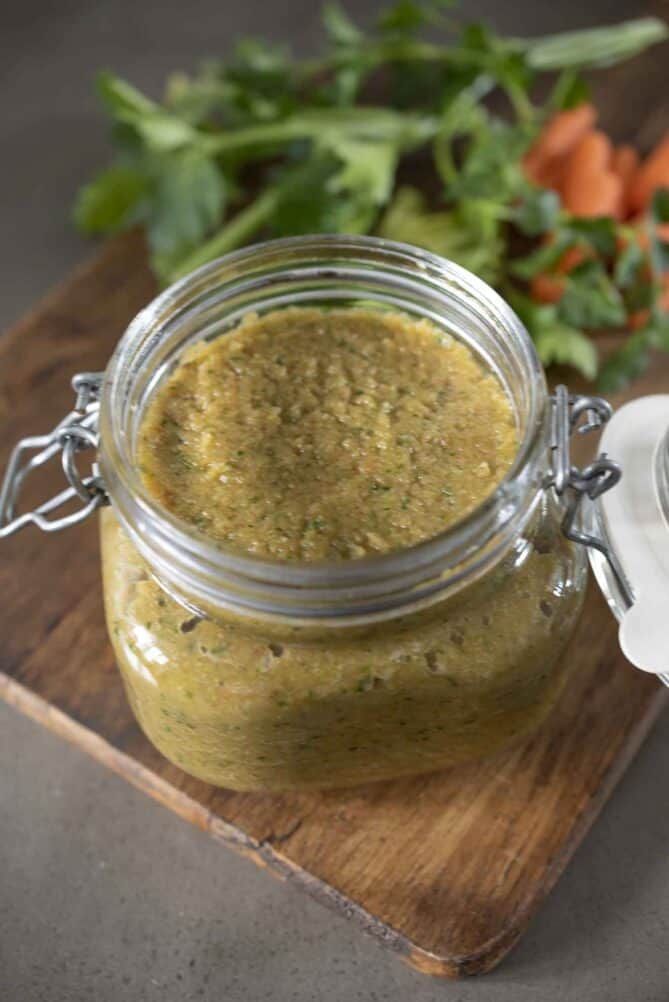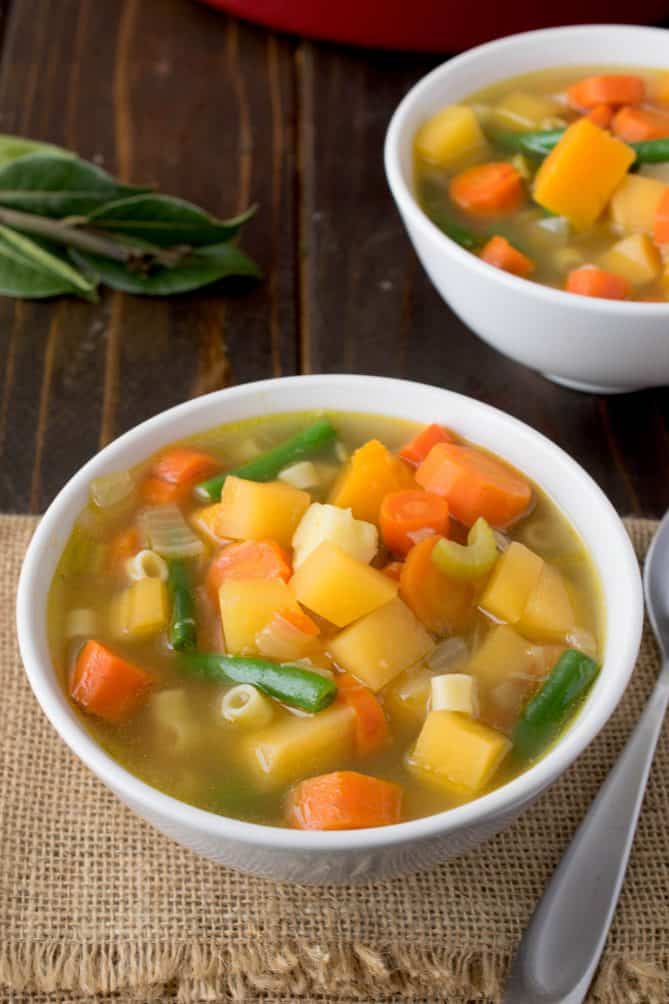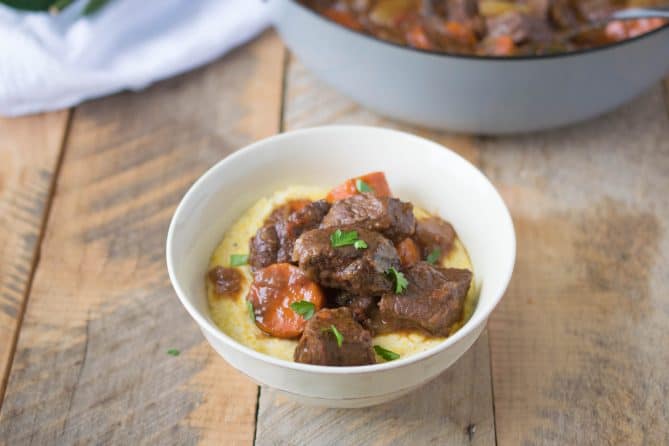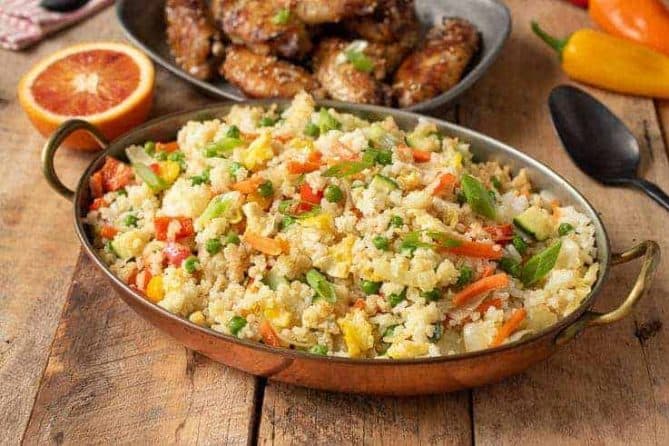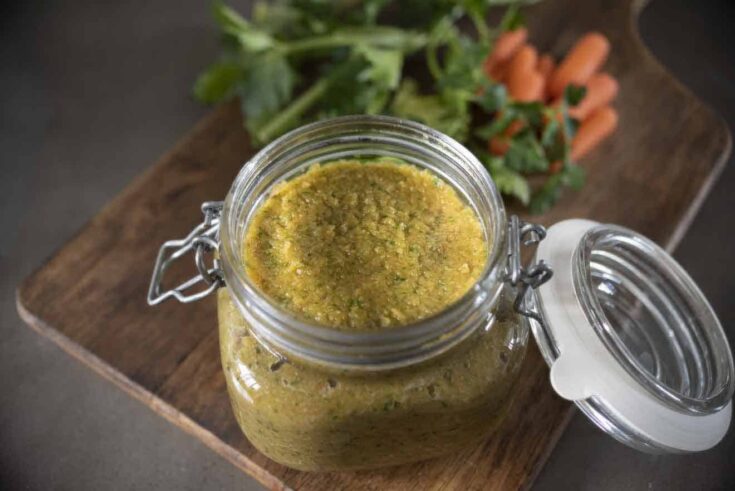I’ve only ever once used store bought bouillon cubes and guess what? I never did it again! They have so many added ingredients that I don’t need to be consuming and I can’t control the sodium content which many times can ruin the food you’re using it with. Controlling the sodium content in my cooking is a big deal for me and probably you too. But… if you make my vegetable bouillon, you can easily control this. You can also make it salt free if you like! Just like a bouillon cube, my bouillon is meant to be used sparingly. This recipe has a paste consistency that is very different than dried bouillon. Oh, and think about the health benefits from this – you’re consuming all those vegetables vs. the cube or dried bouillon.
Fresh Bouillon Storage
The salt in the recipe, in addition to flavoring, is also used to preserve the vegetables, so it keeps vey well when refrigerated in a sealed container that will last about one month. You can also freeze and open the container whenever you need bouillon because they stay soft so you can easily scoop out how much you need.
Vegetable Bouillon Serving Size
Use 1 tablespoon for every cup (236 ml) of water. You should not need any additional salt to what you are making (unless you taste the dish and decide it needs more salt). There’s approximately 96 servings in the recipe, so you’ll be good to go for a while.
Best Salt for Bouillon
I cook mostly with fine sea salt and sometimes kosher salt. Regular table salt does not dissolve as well due to the added anti-caking agents. Also, regular table salt often times contains added sugar and is highly processed. Knowing all this is the main reason I use sea salt. Just note that different salts are different in weight and volume because of the shape of the granules. If using kosher, you will need less salt for this recipe.
Salt Free Vegetable Bouillon
You can make a salt-free version of this recipe, but it will not last as long. Considering the salt is used for preservation, you will need to freeze the paste. The most convenient method is to use an ice cube tray to freeze in small portions.
Ways to use vegetable bouillon
My favorite ways are to add to the liquid for cooking rice/couscous, stews , soups, risotto and even my scrambled eggs and omelettes. It keeps in the freezer months.
Different additions to fresh bouillon
You can add mushrooms to this vegan/plant-based bouillon or poultry seasoning and nutritional yeast for more of a savory flavor. You can use different herbs too, like dill, thyme (use sparingly) or sage. You can even vary the vegetables according to season! Yep, it’s quite versatile! This recipe is best made in a large food processor. I use one with a 9 cup capacity and it all fits. If yours is smaller, you will need to work in batches.
- The salt is best measured by weight because different salts will vary by volume. If using kosher salt, you will need approximately ½ cup plus 1 tablespoon (150 grams). While this may seem like a large amount of salt, it is necessary to keep the vegetables from going bad. You are basically preserving the vegetables with the salt.
